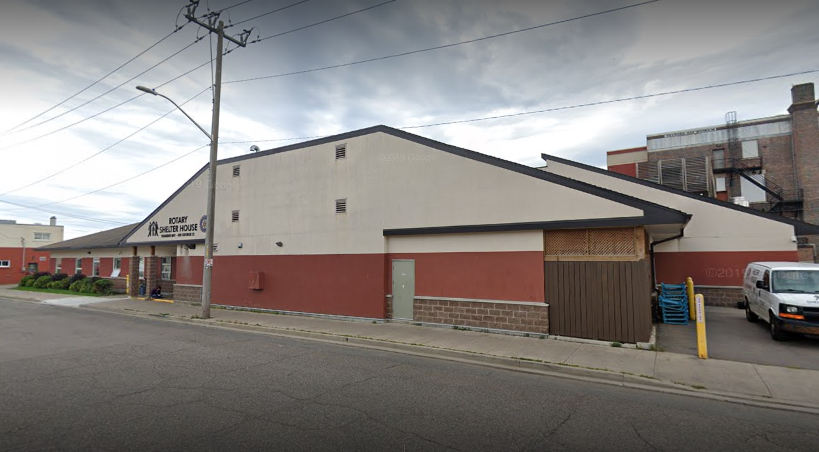THUNDER BAY — The COVID-19 pandemic forced homeless shelters in Thunder Bay to implement procedures to protect clients and staff from exposure to the virus.
Both Shelter House and the Salvation Army say they are managing okay, but admit to dealing with some challenges.
In the beginning, social distancing among clients "was really difficult," says Shelter House executive director Michelle Jordan.
"They didn't understand what we were asking them to do, and why, so it required a lot of education and conversations about why it was important for them to do that," Jordan told Tbnewswatch.
Staff at the George Street facility in the south core have moved furniture around, and relocated beds out of dormitories in order to facilitate safe distancing.
"Now, people are more aware of what's happening in the world and they're more accepting of what we're trying to get them to do," Jordan said.
But challenges remain.
She said some clients choose to continue to leave the shelter at times.
"It's really hard, because once they leave, we don't know where people are going. When they come back we get a little scared," Jordan said.
Clients are screened regularly for COVID-19 symptoms, sometimes more than once a day.
Jordan added that "a lot of new things are happening with how we let people in. Handwashing stations are at the front door. Sometimes people may have to shower immediately and wash their clothing if they're coming in and they haven't been in the building for a long period of time."
Shelter House's 70 staff members have been fully equipped with personal protective equipment and cleaning supplies from the outset.
Jordan said "Staff are extremely careful. We've provided them with everything to keep them safe."
Nonetheless, some staff are no longer working in the facility because of the pandemic.
"People are scared. And people have had to isolate away from their children in order to continue working. It's been a challenge to keep the morale up and keeping the place staffed," Jordan said.
Some staff have asked to be taken off the rotation for the time being, including those with existing health conditions that make them more susceptible to the virus.
Jordan said "We respect our employees' decisions and we've been hiring replacements, so it hasn't been a huge issue. If people are not comfortable being there, we are okay with that."
The facility has 70 staff including managers and casual workers.
Shelter House suspended its SOS program in late March as a precaution.
The program was created to assist vulnerable people on the street, and included a van service that delivered food and clothing to the needy.
Jordan said some individuals who couch-surf, and other members of the "hidden homeless" population, are finding it increasingly difficult to find a place to stay.
"We're starting to see those people pop up because there's nowhere for them to go, and people are not as willing to take anybody in right now. There's some issues in the community with trying to provide spaces for everyone."
Shelter House currently accommodates 58 clients, and has four additional beds available for emergency use.
It continues to make food available 24/7 through a special window, for anyone who shows up hungry.
The feeding program within the shelter was changed to takeout meals at the outset of the pandemic.
At the Salvation Army men's shelter on Cumberland Street, no services that would bring people together in a small space are currently provided.
Executive director Lori Mitchell says staff are working one-on-one with clients, providing education on public health guidelines for social distancing and other precautions.
Within the building, marks have been made in hallways to keep people two metres apart when lining up for meals, and common spaces that would normally be used only for programming are now open all the time, Mitchell said, "to spread people out more."
Staff encourage clients to remain on-site, but "we're not a locked facility, so they are all free to come and go. That's really where our challenge is. As they go around town on the bus...we don't know where they're going or who they're with," she said.
Clients undergo what Mitchell described as a stringent screening process when they return to the shelter.
"They understand that if they leave, and try to come back, they might face not being welcome," she said.
The Salvation Army shelter can accommodate 42 people, and has recently been operating just below capacity.
It also has 19 long-term residents.
The Salvation Army soup van continues to operate every evening.
Mitchell said demand for that service has increased since the COVID-19 pandemic began.
